How Does A Fountain Pen Work?
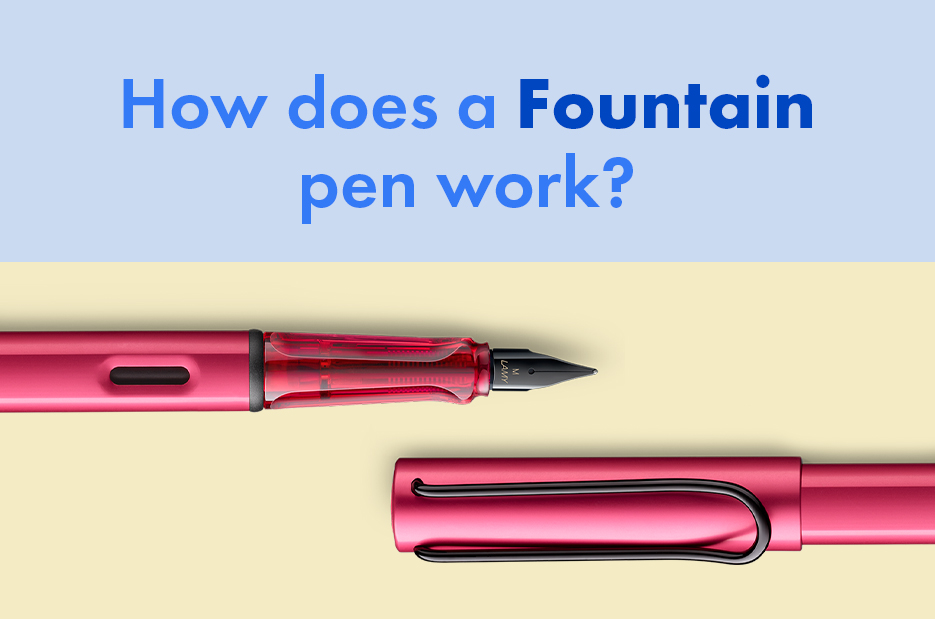
Introduction
Are you someone who chooses comfort over style? What if we tell you that there’s a writing instrument that not only offers immense comfort but is also the epitome of style and grandeur?
The timeless classic of a fountain pen ticks all those boxes. It is not only manufactured with the finest materials into a splendid design but also offers a smooth and exquisite writing experience.
But what is the mechanism that causes it to work so efficiently? Dive deep into this blog to find out how fountain pens work!
7 Key Components Of A Fountain Pen
1: Fountain Pen Nib
The fountain pen nib is its most distinguishable feature and is constructed with metal sometimes even precious ones. The unique design of the nib sets a fountain pen apart from any other pen.
This nib is separated into two halves by an ink slit. The ink travels through the ink slit to reach the tip and come in contact with the paper.
Also Read: How to Choose a Fountain Pen?
2: Feed
The feed is that section of a fountain pen that follows right after the nib. It drives the ink towards the ink slit.
The material of the feed is usually made of plastic, however, high-quality pens can also incorporate the use of exotic materials.
The efficiency of the feed is also observed in its ability to store the excess ink and regulate its flow.
3: Nib Collar
For the feed to function effectively, it needs to be placed evenly with the nib. This is maintained by the nib collar which connects the nib with the feed and fully covers the latter.
It is screwed in to hold the feed in place. However, it can occasionally be unscrewed to clean the insides.
Also Read: Top 10 Best Fountain Pens In India
4: Grip Section
As the name suggests, the grip section of a fountain pen is the area where your fingers come in contact with the writing instrument and is followed by a flow of words on paper.
It is constructed in such a way that it prevents hand cramps and allows your fingers to sit snugly on its edges.
5: Ink Reservoir
The ink reservoir is that section of the pen where the ink is stored before use. The action mechanism of the pen draws ink from this reservoir which travels through the feed to the tip and finally reaches the paper.
This ink reservoir can be refilled with ink when it eventually runs out.
Also Read: Debunking the Myths About Fountain Pens
6: Barrel
The barrel is that component of a fountain pen that protects the ink reservoir. Its cylindrical, hollow, and sturdy build completely encircles and covers the reservoir and prevents it from breaking.
The barrel is screwed into the grip area of the pen which almost completes the entire structure of the pen.
7: Cap
Last but not any less important, the cap completes the entire design of a fountain pen. It can be completely separated from the pen design while writing.
However, it is extremely important to reattach it with the pen when not in use. This is because the fountain pen nib can often dry up if kept in open air.
Thus, the cap plays a significant role in ensuring that the pen stays in perfect working condition.
Also Read: How To Build A Fountain Pen Collection?
How Does A Fountain Pen Work?
The fountain pen mechanism relies on air pressure and capillary action to provide you with a smooth writing experience. Let us discuss in detail how it works!
1: The Function Of The Air Hole
If the fountain pen nib were the only opening in the entire structure, it would have been difficult for the ink to flow out of the writing instrument.
The overflow or inadequate flow of ink is avoided by making the ink slit extremely narrow and by making an air hole at the bottom area of the nib which is close to the ink feed.
This breathing hole facilitates the flow of air in and out of the fountain pen. It, in turn, smoothens the process of ink flowing out of the pen with consistency.
Also Read: 9 Reasons Why You Should Use A Fountain Pen
2: The Use Of Capillary Action
Thus, the air hole ensures that the fountain pen ink flow is steady and constant. However, what makes the ink flow towards the nib from the ink reservoir?
If the mechanism had only relied on gravity, the amount of ink flowing out of the pen would have been disastrous. But, we do notice that the ink flow is quite consistent, it is neither too little nor too much that it would stain the writing surface.
This is achieved by employing the use of capillary action which is observed in plants as well. It is through this action mechanism that a plant derives its food from the roots to the leaves moving against gravity.
To achieve the same in a fountain pen, the passageway for the ink to travel is made super narrow so that not much ink is allowed to flow out of the nib.
At the same time, the ink molecules use capillary action to drive themselves through the ink feed to the nib and onto the writing surface. As soon as one ink molecule reaches the writing surface, the cohesive forces between the molecules pull the rest along.
Also Read: The History of Fountain Pens
Conclusion
Thus, we can understand that the outward appearance of a fountain pen may be of excellent grandeur and the finest quality. However, the inner action mechanism of this writing instrument is far from being simple.
It uses capillary action to drive the ink out of the reservoir through a narrow ink slit into the nib.
At the same time, it manipulates the science of air pressure by constructing an air hole where the nib meets the ink feed and ensures the steady flow of ink onto the writing surface.
Frequently Asked Questions
Q1: How does ink come out of a fountain pen?
Ans: The ink comes out of a fountain pen through the capillary action where the cohesive forces pull the ink molecules constantly onto the writing surface through the narrow ink slit and nib. Moreover, an air hole facilitates this process by ensuring the steady flow of ink through the nib.
Q2: How is ink filled in the fountain pen?
Ans: A fountain pen has a built-in ink reservoir which is filled with ink. As soon as this reservoir runs out of ink, it can be detached from the pen and refilled with ink. It is then reattached to work as efficiently as before.
Q3: Why are fountain pens so expensive?
Ans: Fountain pens are expensive because they are manufactured with the finest materials that contribute to their sturdy and durable structure which lasts for a long period. When such a stylish writing instrument can be such a long-term companion, it is worth the investment.
Q4: Is it ok to leave ink in a fountain pen?
Ans: It is not okay to leave ink in a fountain pen if you’re not going to use it for a long time. This is because the ink can evaporate and dry up. It is also why it is always advisable to replace the cap of a fountain pen when not in use.
Q5: What is a fun fact about the fountain pen?
Ans: Despite the fountain pen nib being constructed in a certain way that requires the pen to have only one upright position, you can still write quite efficiently by holding it upside down. In this case, the writing experience may not be entirely smooth, however, it is a fun trick to try!






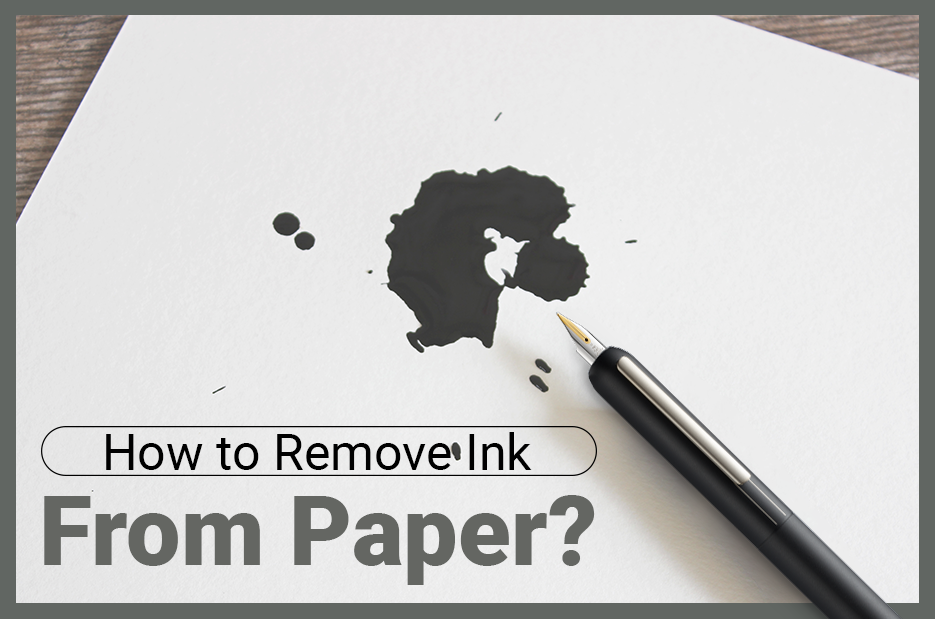

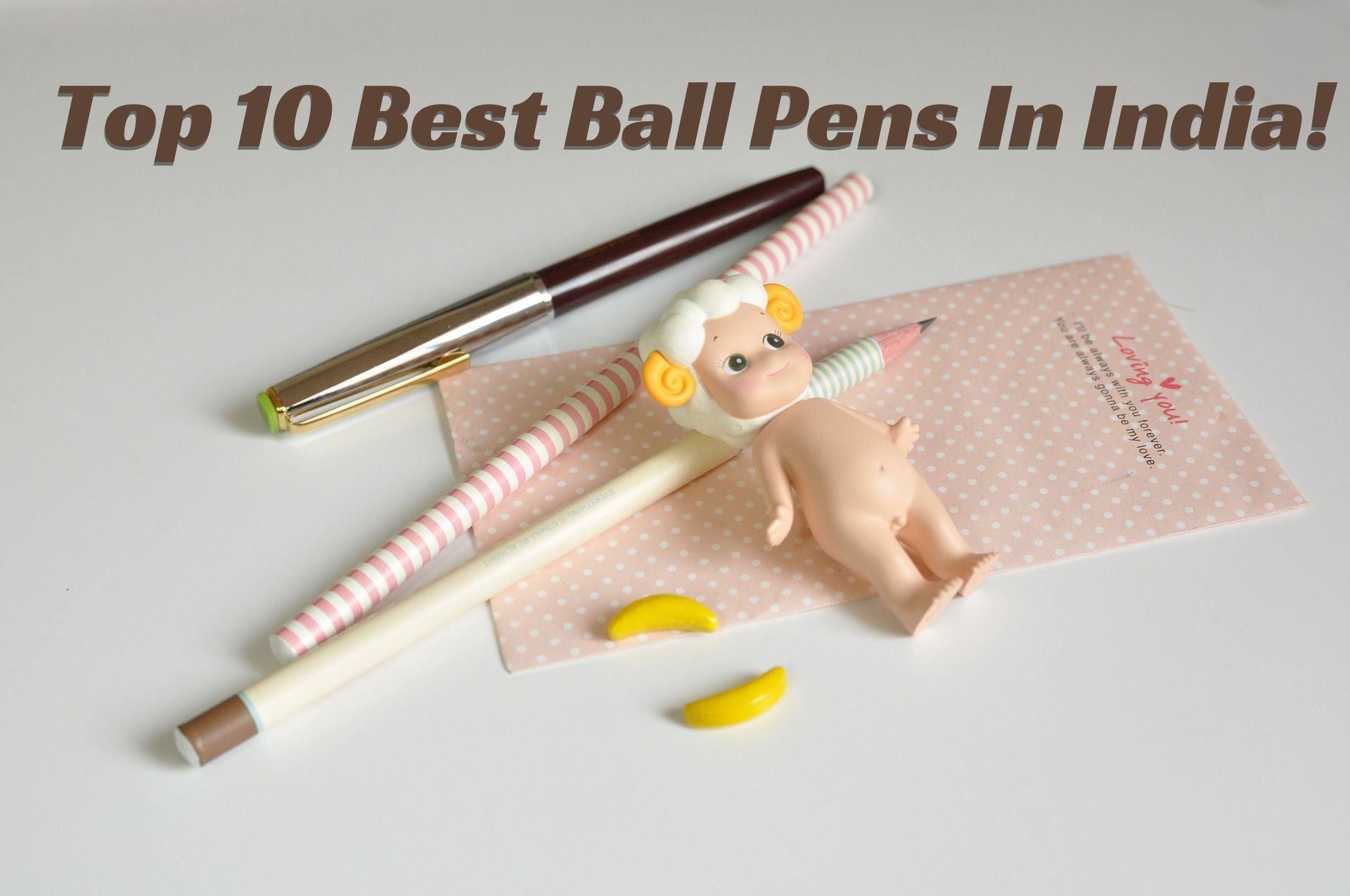
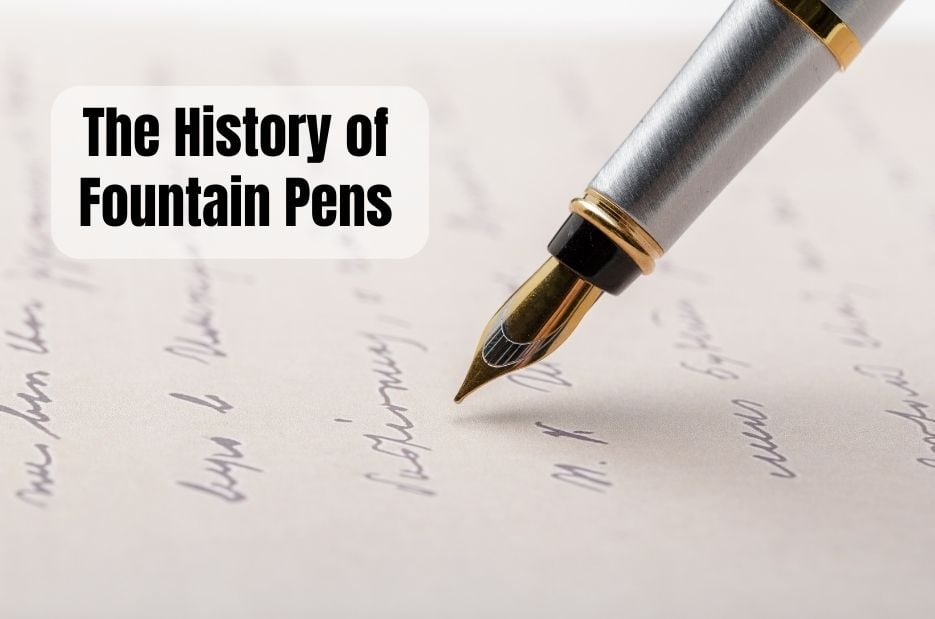
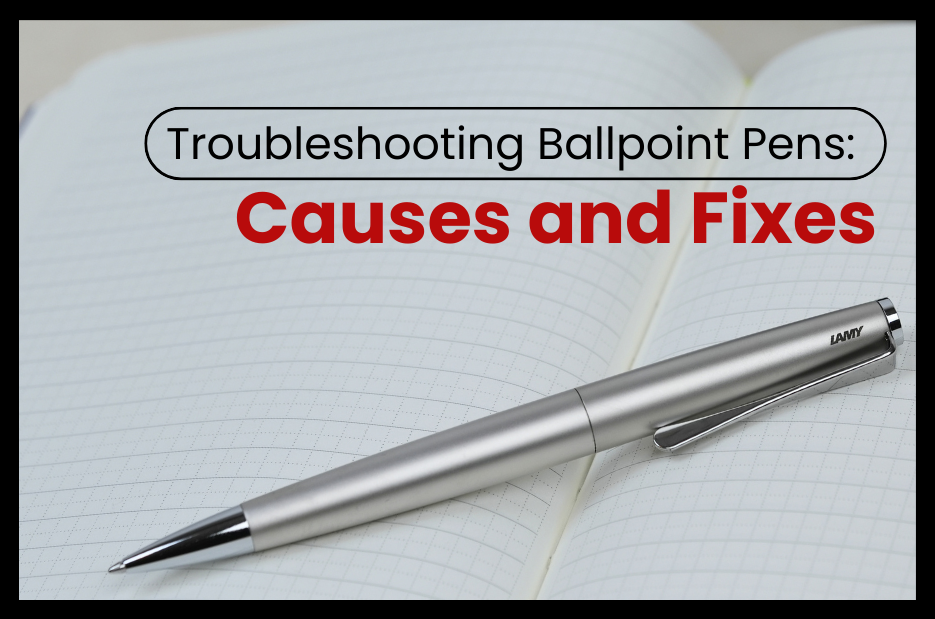





Comments